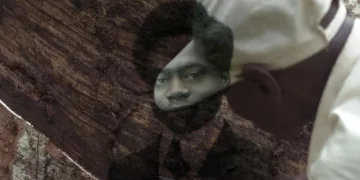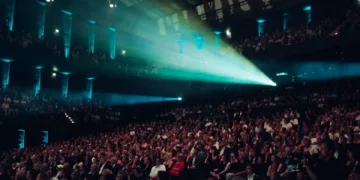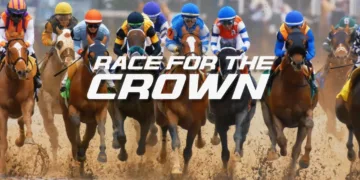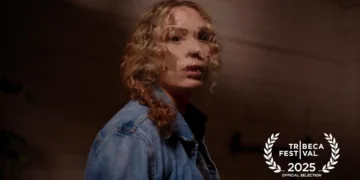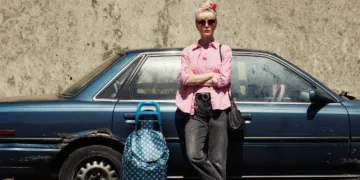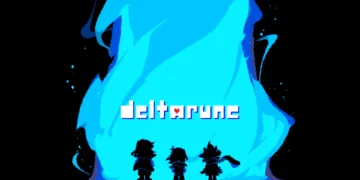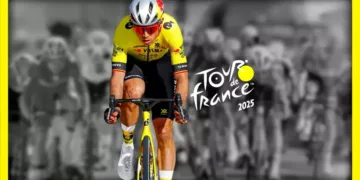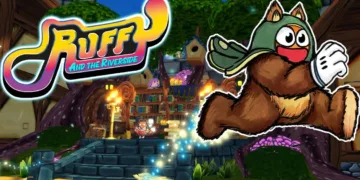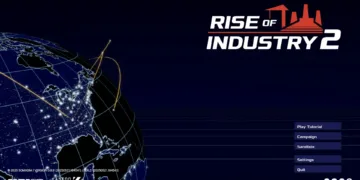Science SARU’s genre-splicing hit Dan Da Dan returns 3 July, with new episodes released every Thursday on Crunchyroll, Netflix and Hulu. Co-director Abel Gongora concedes that “expectations are high,” stepping up alongside returning helmer Fuga Yamashiro to meet a fan base that grew exponentially after season one. Gongora says his action boards now use framing tricks he studied in Ultraman’s CG second season, aiming to “sell scale without losing the gag timing.”
Momentum was stoked by cinematic bridge feature Dan Da Dan: Evil Eye, which opened in Asia on 30 May and reached North American theatres on 6 June. The 93-minute compilation stitches the season-one finale to the first three episodes of season two and has already grossed about $7 million worldwide.
In interviews Gongora describes using colour palettes keyed to each yokai and alien to heighten emotional spikes, a technique he refined after studying tokusatsu lighting and early Ultraman episodes. He also credits mentor Hideaki Anno for pushing him to “up the ante” while keeping character intimacy front-and-centre.
Visual-effects artists note that Ultraman’s recent Rising feature demonstrated how CG can preserve rubber-suit dynamism without physical constraints, lessons Science SARU applied to larger kaiju encounters this season.
The manga’s trajectory supports the gamble: circulation surpassed ten million copies in March, making Yukinobu Tatsu’s series one of Shōnen Jump+’s fastest growers. GamesRadar’s rollout calendar projects the 12-episode run to finish 18 September, giving the show clear runway before the crowded autumn slate.
AWN adds that Gongora intentionally pushed the horror elements “darker and weirder” to keep long-time viewers off balance while inviting newcomers on streaming platforms. With tokusatsu DNA, fresh CG muscle and a global simulcast, season two positions Dan Da Dan to test whether quirky, home-grown shōnen can stand toe-to-toe with legacy franchises it once merely referenced.













